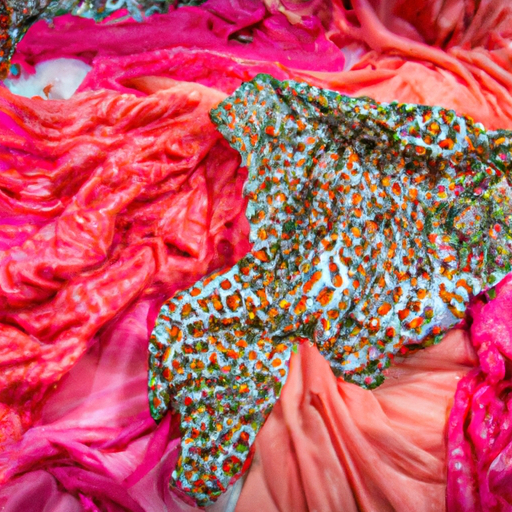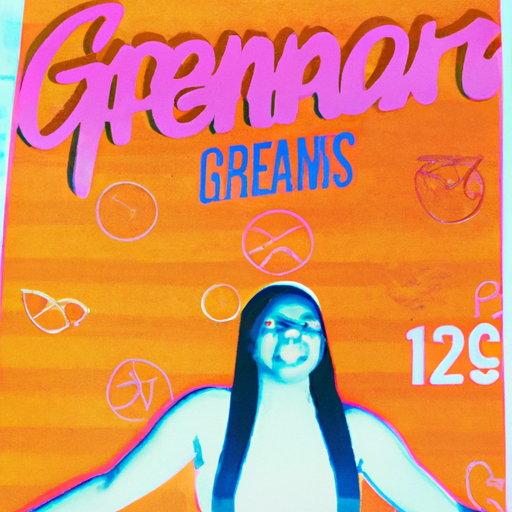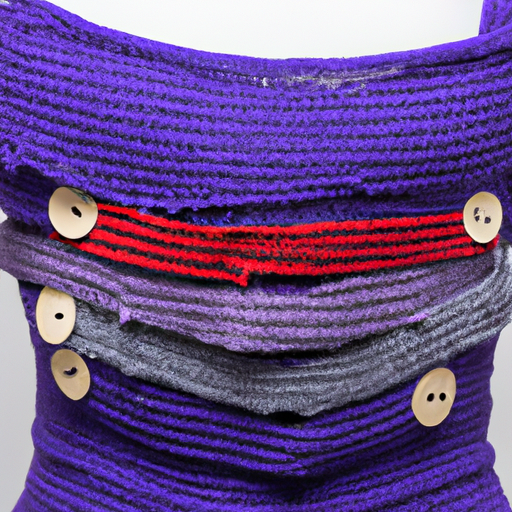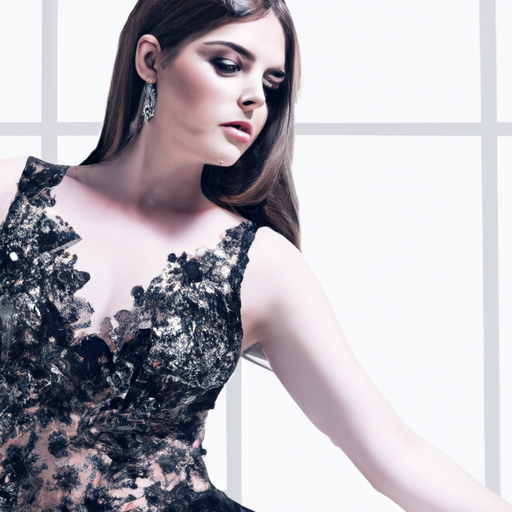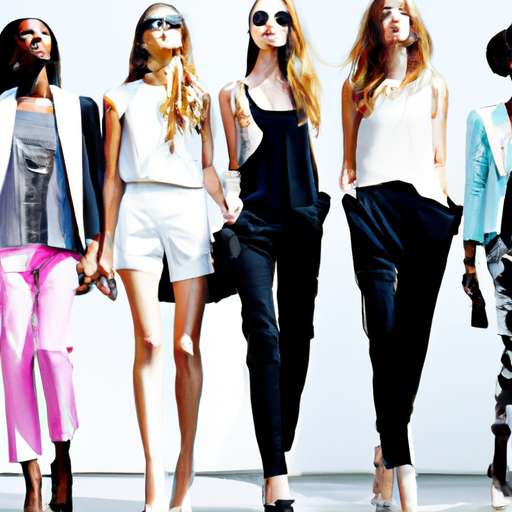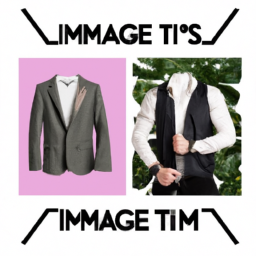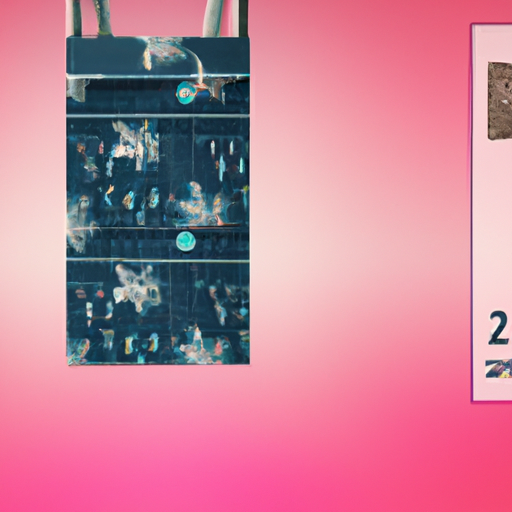Ugly Fashion Trends
You’ve seen them everywhere – the fashion trends that seem to defy all conventional notions of style. From chunky dad sneakers to oversized puffer jackets, the world of fashion has embraced the concept of “ugly” like never before. But what exactly is the appeal behind these unsightly trends? In this article, we’ll uncover the surprising reasons why these ugly fashion trends have taken the fashion world by storm, and why sometimes, being a little unconventional can actually be quite fashionable.
Table of Contents
Ugly Fashion Trends
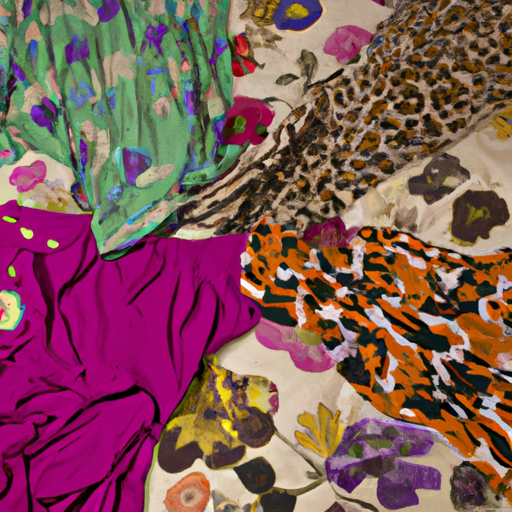
Definition of Ugly Fashion Trends
When we talk about “ugly fashion trends,” we are referring to clothing and accessories that defy traditional beauty standards and challenge our perception of what is aesthetically pleasing. These trends often feature unconventional designs, bold colors, and unconventional silhouettes that may initially appear unattractive or odd. However, they have gained popularity and become a significant part of the fashion industry, attracting a dedicated following of individuals who are willing to embrace fashion that goes against the norm.
Historical Perspective of Ugly Fashion Trends
Ugly fashion trends have a long and rich history that stretches back several decades. They have their roots in revolutionary fashion movements that aimed to challenge societal norms and break the mold of conventional beauty. From the punk movement of the 1970s to the grunge fashion of the 1990s, these trends have consistently pushed boundaries and embraced unconventional aesthetics.
Throughout the decades, there have been iconic ugly fashion trends that have made a significant impact. Examples include the neon-colored fashion of the 1980s, characterized by oversized shoulder pads and vibrant patterns, and the ’90s trend of “ugly” sneakers, which featured chunky and exaggerated designs. These trends often reflect the rebellious spirit of the time and serve as a reminder that beauty does not always conform to traditional standards.
Factors Influencing Ugly Fashion Trends
Ugly fashion trends are influenced by a variety of factors, including counter-cultural movements, high-end fashion, street style, and the desire for self-expression. Counter-cultural movements, such as punk and grunge, have played a crucial role in shaping ugly fashion trends by rejecting mainstream beauty standards and embracing unconventional aesthetics.
High-end fashion also contributes to the popularity of ugly trends by showcasing avant-garde designs on prestigious runways. Street style and youth culture, with their focus on individuality and self-expression, provide a fertile ground for the development and adoption of ugly fashion trends. People are increasingly drawn to fashion as a form of self-expression and are embracing the freedom to experiment with unconventional styles.
Furthermore, ugly fashion trends often arise as a reaction against mainstream beauty standards that promote a narrow and idealized image of beauty. By embracing “ugly” designs, individuals can challenge these standards and celebrate their own unique style.
Ugly Fashion Trends vs. Personal Style
Ugly fashion trends offer individuals an opportunity to express their personal style in a distinct and unconventional way. Unlike mainstream fashion trends that aim to cater to a wide audience, ugly fashion encourages individual interpretation and experimentation. It allows individuals to express their personality, creativity, and unique perspective through their clothing choices.
One of the key aspects of personal style in relation to ugly fashion trends is the individual’s interpretation of what is “ugly.” With a wide range of styles and aesthetics to choose from, one person’s idea of ugly may be another person’s idea of bold and daring. This subjectivity allows for greater diversity and allows individuals to carve out their own fashion identity.
Balancing comfort and style is another significant factor when it comes to incorporating ugly fashion trends into personal style. While some may prioritize making a fashion statement, others may value comfort and functionality. Ugly fashion trends often offer a balance between the two by combining unconventional designs with practicality.
The experimental and risk-taking nature of ugly fashion trends also appeals to those who want to stand out from the crowd and challenge societal norms. By subverting fashion norms and expectations, individuals can make a statement and assert their individuality through their clothing choices.
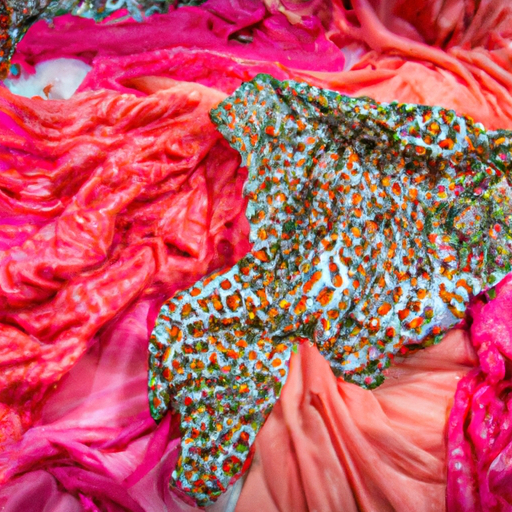
Controversial Ugly Fashion Trends
As with any fashion movement, ugly fashion trends are not without controversy. One of the main issues surrounding these trends is the potential for cultural appropriation. Some ugly fashion trends draw inspiration from marginalized cultures without taking into account the cultural significance behind certain designs or symbols. This appropriation can be seen as a form of disrespect and raises questions about the ethics behind these trends.
In addition, ugly fashion trends often rely on manufacturing practices that are detrimental to the environment and exploit workers in the fashion industry. Fast fashion, in particular, contributes to the production of cheap and disposable clothing that harms the environment. This raises concerns about the sustainability and ethical implications of embracing these trends.
However, it is important to note that ugly fashion can also be a form of protest. By deliberately embracing unconventional and “ugly” designs, individuals can challenge societal norms and expectations of beauty. Ugly fashion can serve as a statement against the restrictive and idealized beauty standards imposed by society.
Despite the controversies, ugly fashion trends continue to generate discussion and provoke thought, contributing to a broader dialogue surrounding fashion and its impact on society.
Ugly Fashion Trends and Social Media
Social media has played a significant role in popularizing and disseminating ugly fashion trends. Pioneering influencers and fashion enthusiasts use platforms like Instagram, YouTube, and TikTok to showcase their unique and unconventional sense of style. Their bold and audacious fashion choices have inspired many others to embrace ugly fashion trends.
Viral challenges, such as the “ugly shoe challenge” or the “ugly sweater challenge,” have also contributed to the rise in popularity of these trends. These challenges encourage people to post pictures and videos of their own “ugly” fashion choices, creating a sense of community and encouraging others to step outside their comfort zone.
Moreover, social media serves as a catalyst for the growth of online communities dedicated to ugly fashion. These communities provide a platform for like-minded individuals to share inspiration, tips, and support. They create a sense of belonging and encourage the exploration and celebration of unconventional aesthetics.
The Psychology Behind Ugly Fashion Trends
There are several psychological factors at play when it comes to the appeal of ugly fashion trends. One aspect is the shock value and attention-seeking nature of these trends. By wearing something that defies traditional beauty standards, individuals stand out and attract attention. This can be empowering for those who enjoy challenging societal expectations.
Ugly fashion trends also promote individuality and non-conformity. By embracing unconventional styles, individuals can break free from the pressure to fit in and express their unique personalities. Ugly fashion becomes a means of self-expression and a way to stand out in a world that often values conformity.
Moreover, ugly fashion challenges our perception of beauty and expands our understanding of aesthetics. By embracing unconventional designs, individuals can broaden their appreciation for different forms of beauty and challenge the notion that beauty is strictly tied to conventional standards.
Lastly, for many individuals, ugly fashion represents a form of empowerment. By embracing “ugly” designs, individuals reclaim the right to define their own sense of beauty and reject the idea that beauty has to be limited to a certain mold. It allows for self-acceptance and celebrates the diversity of human appearance and style.
Impact of Ugly Fashion Trends on Body Image
Ugly fashion trends have the potential to challenge traditional beauty standards and positively impact body image. By embracing unconventional and “ugly” designs, individuals can challenge the notion that beauty is limited to a narrow set of ideals. This can promote self-acceptance and encourage a more inclusive and diverse view of beauty.
Ugly fashion trends also have the power to promote body positivity. These trends often prioritize comfort and functionality over strict adherence to societal expectations of how clothing should fit and look. By embracing designs that prioritize individuality and personal style, individuals can become more accepting of their own bodies and embrace their unique features.
Furthermore, embracing ugly fashion can have psychological effects on individuals. By celebrating unconventional aesthetics, individuals can develop a more positive and empowered mindset, recognizing that beauty is not limited to a specific mold. This shift in mindset can have a profound impact on individuals’ self-esteem and overall well-being.
Celebrity Endorsement of Ugly Fashion Trends
Celebrities have played a significant role in popularizing ugly fashion trends. Their high-profile status and influence allow them to bring these trends to the mainstream and generate widespread interest. When celebrities are seen wearing unconventional designs, it often creates a ripple effect, inspiring others to embrace these trends.
Celebrities are often at the forefront of fashion experimentation and are not afraid to take risks with their style. They have the platform and resources to showcase their unique fashion choices, attracting attention and fueling public interest. From Lady Gaga’s avant-garde outfits to Rihanna’s bold fashion statements, these celebrities have become synonymous with embracing ugly fashion and making it mainstream.
By endorsing ugly fashion trends, celebrities can challenge societal expectations and norms surrounding beauty. This can have a positive effect on individuals who look up to them, inspiring them to embrace their own unique sense of style and celebrate their individuality.
Ugly Fashion Trends as a Statement
Ugly fashion trends can be seen as a statement against the restrictive and idealized beauty standards imposed by society. By embracing designs that are unconventional, bold, and even controversial, individuals make a statement about their rejection of narrow beauty ideals and their desire to break free from societal norms.
Ugly fashion becomes a powerful way to express individuality, non-conformity, and rebellion. It celebrates the diversity of human appearance and style, challenging the idea that beauty is limited to a specific mold. By wearing these trends, individuals reclaim the right to define their own sense of style and beauty.
Moreover, ugly fashion can be a form of artistic expression. Through unconventional designs and aesthetics, individuals have the opportunity to push the boundaries of creativity and challenge traditional notions of what is considered beautiful. Ugly fashion becomes a canvas for self-expression and a way to make a bold and artistic statement.
Future of Ugly Fashion Trends
The future of ugly fashion trends is likely to be characterized by continued evolution, innovation, and a focus on sustainability. As fashion continues to evolve, so will ugly fashion trends. New designs, materials, and techniques will be explored to create even more unconventional and boundary-pushing aesthetics.
Sustainability will also play a crucial role in shaping the future of ugly fashion. As the fashion industry faces increasing scrutiny for its environmental impact, there is a growing demand for sustainable and ethical alternatives. Ugly fashion trends have the potential to embrace sustainability by promoting the use of recycled materials, upcycling, and promoting slow fashion practices.
While ugly fashion trends may remain a niche phenomenon, there is a chance that they will have an influence on mainstream fashion. As more designers and brands embrace unconventional designs and challenge traditional beauty standards, these trends may gradually become more accepted and integrated into mainstream fashion.
Ultimately, the future of ugly fashion trends lies in their ability to continue pushing boundaries, celebrating individuality, and challenging societal norms. As long as there are individuals who are willing to embrace their unique sense of style and celebrate unconventional aesthetics, ugly fashion will continue to carve a space for itself in the fashion industry.
